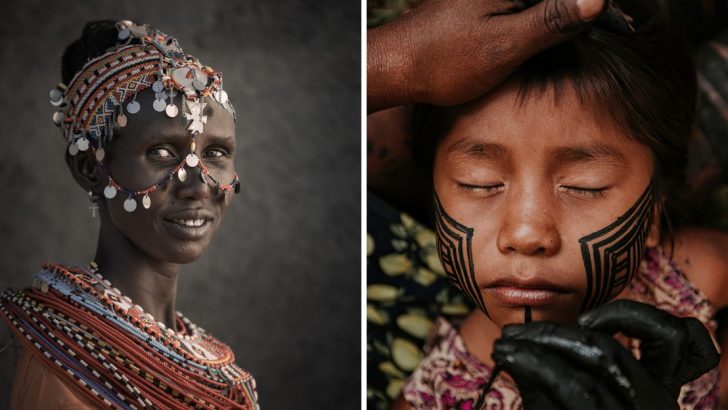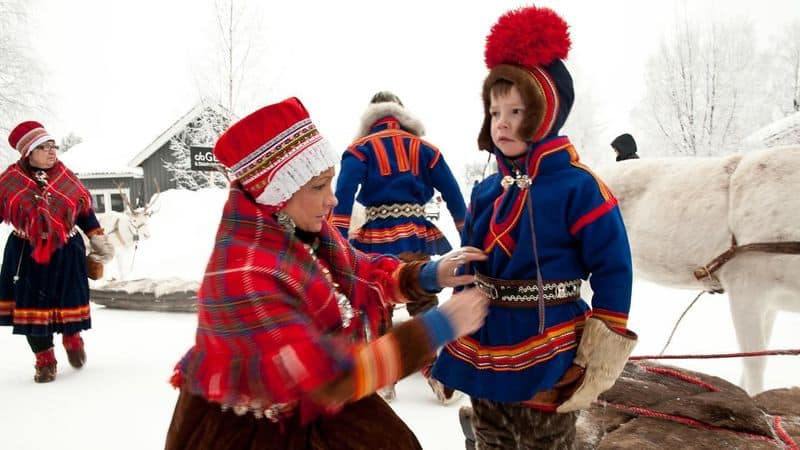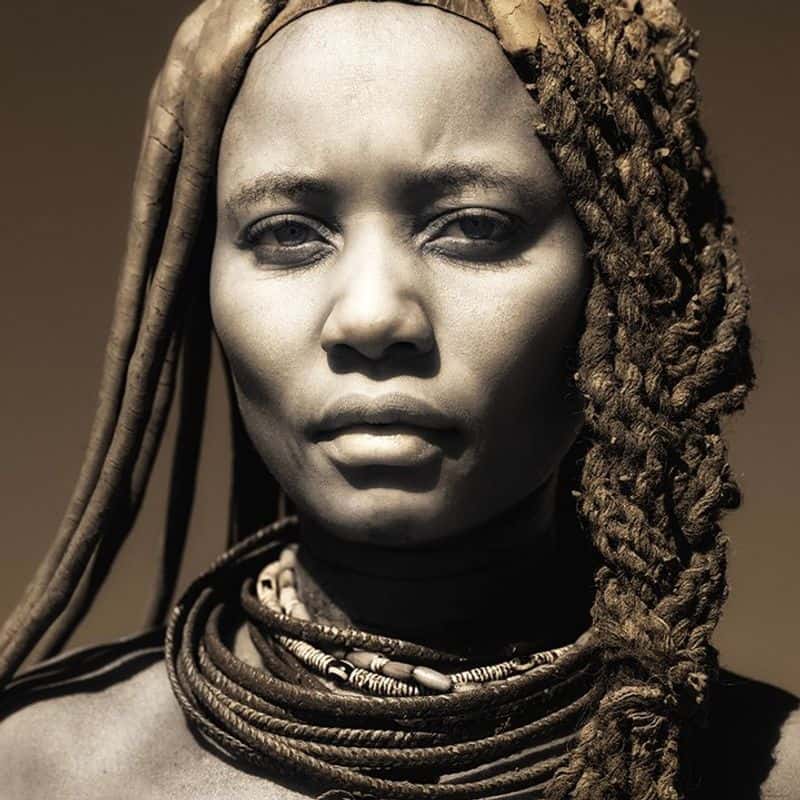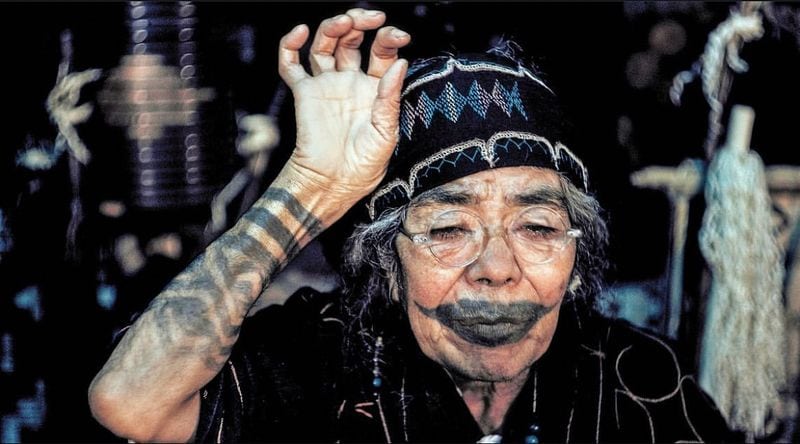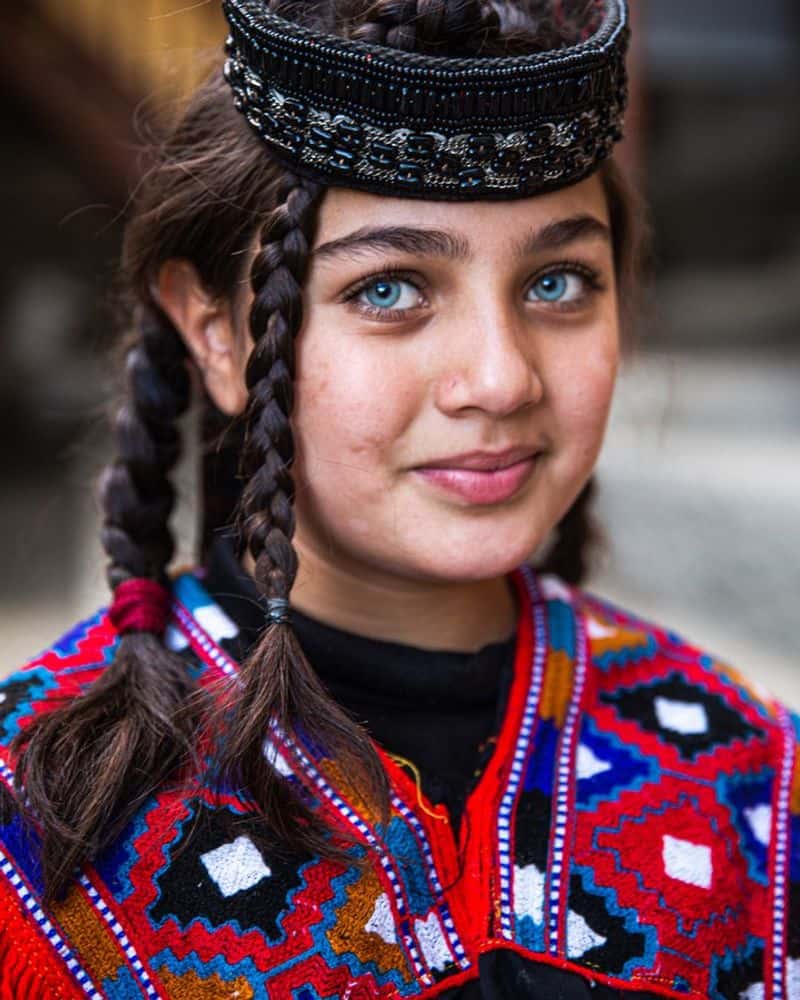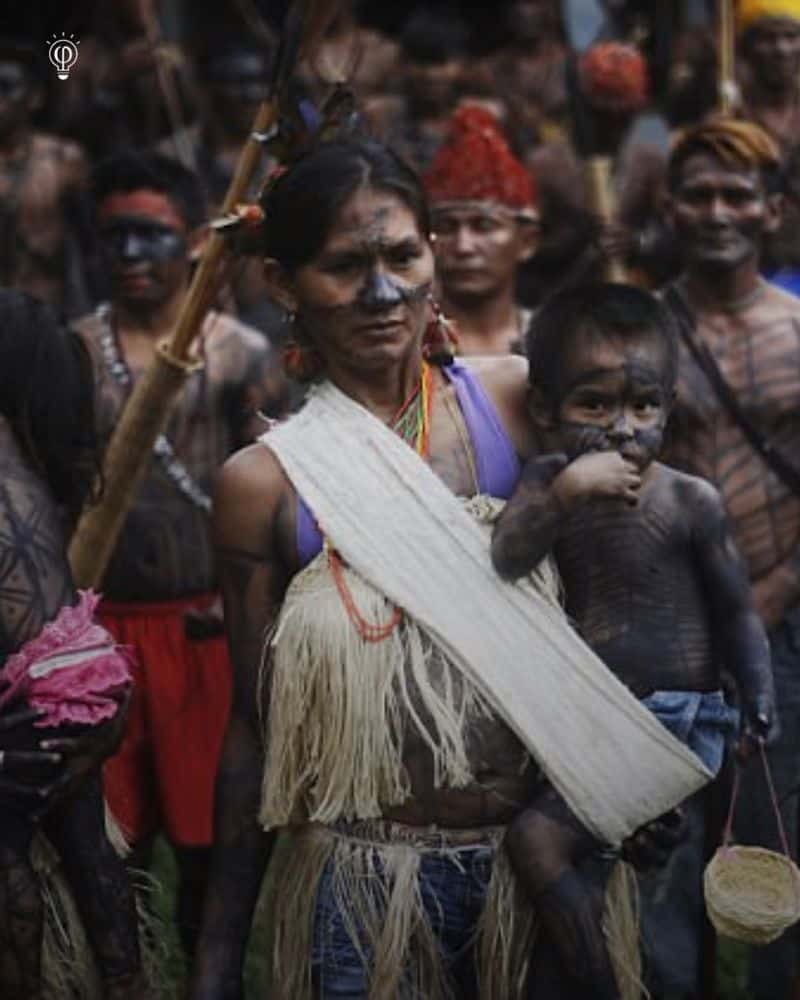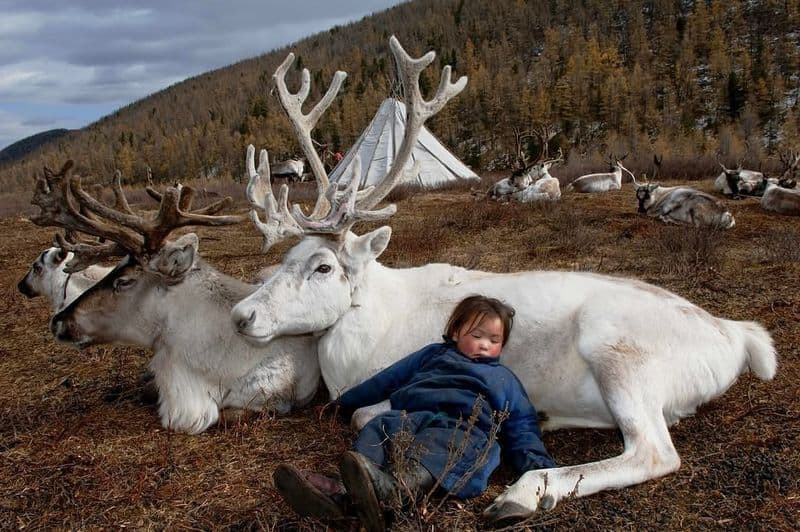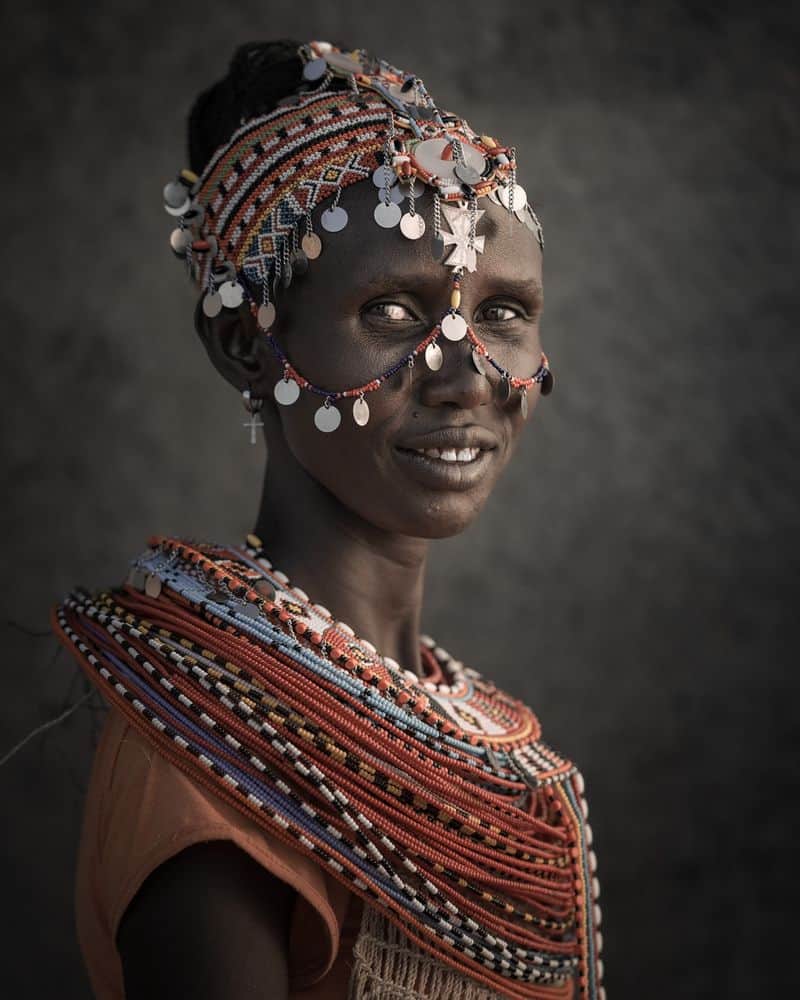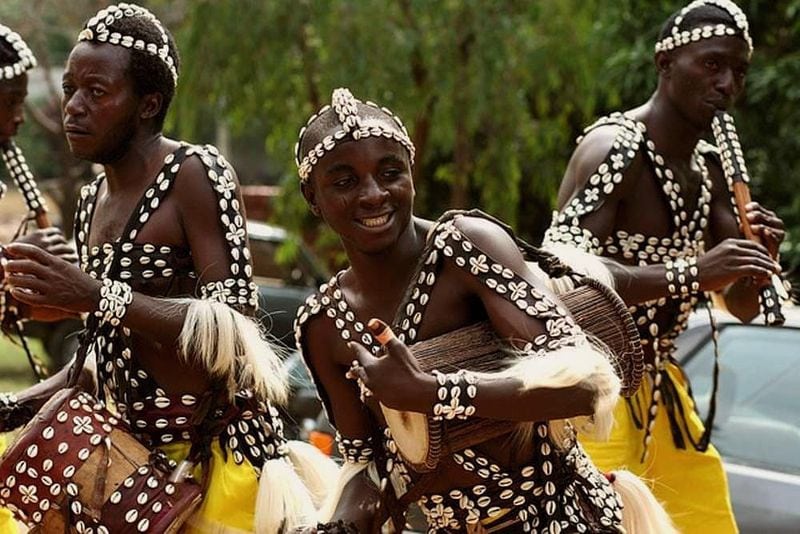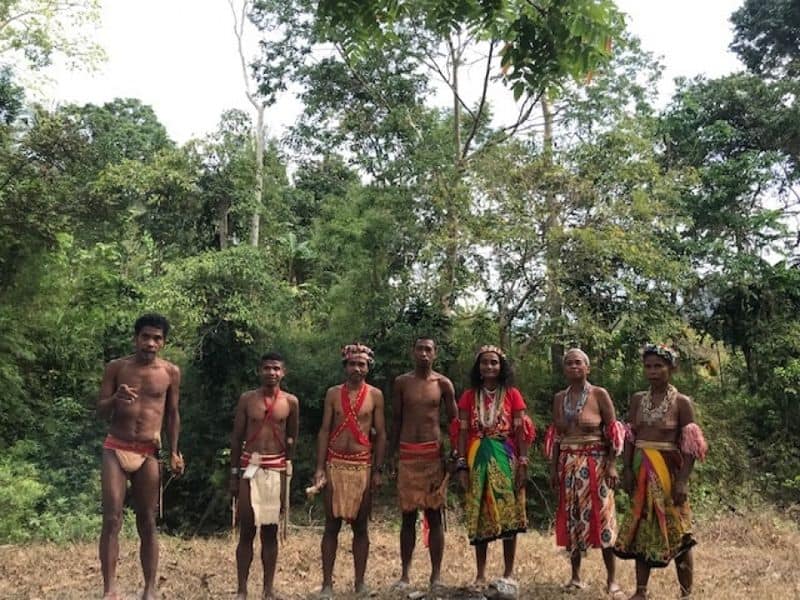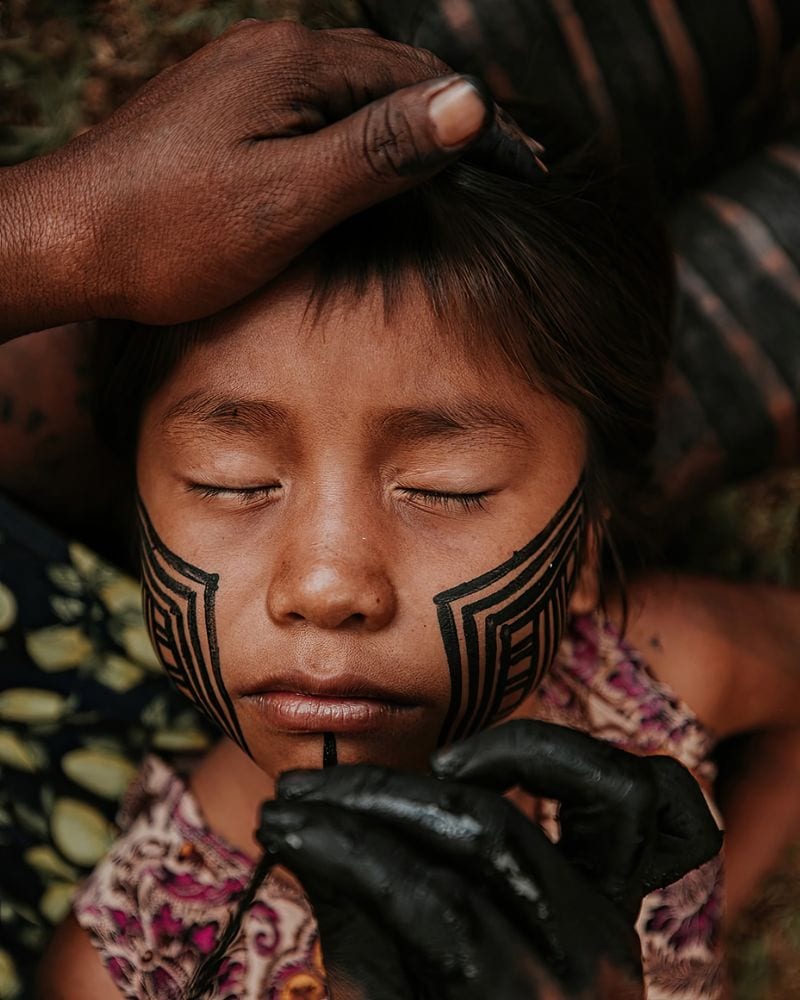Around the world, ancient ways of life are slipping away as modern influences encroach on traditional cultures.
From remote tribes to indigenous communities, these unique cultural identities face threats from globalization, climate change, and dwindling populations.
The loss of these cultures means losing irreplaceable knowledge, languages, and traditions that have been passed down for thousands of years.
1. Sami of Scandinavia: Arctic Nomads at a Crossroads
Across the northern reaches of Norway, Sweden, and Finland, the Sami people have herded reindeer through snow-covered landscapes for centuries. Their intricate joik singing carries stories of ancestors through haunting melodies that echo across the tundra.
Modern border restrictions now slice through their traditional migration routes. Mining companies eye their ancestral lands while younger generations increasingly move to cities, leaving traditional knowledge behind.
The Sami Parliament fights to preserve their heritage, but with fewer than 80,000 Sami remaining and only about 10% still practicing reindeer herding, their nomadic culture stands at a precarious tipping point.
2. Himba of Namibia: Red Ochre Guardians of Ancient Ways
Beneath the scorching Namibian sun, Himba women coat their skin and hair with a paste of butter, ochre, and herbs, creating their signature red appearance. This isn’t merely decorative—it protects from the harsh desert environment and signifies cultural identity.
Severe droughts now threaten their semi-nomadic cattle-herding lifestyle. Tourism brings both income and cultural disruption as outsiders photograph sacred ceremonies without understanding their significance.
With approximately 50,000 Himba remaining, many youngsters leave for education in cities, returning with new values that clash with traditions maintained for countless generations.
3. Ainu of Japan: Erased Identity Seeking Rebirth
Hidden in Japan’s northern island of Hokkaido, the Ainu people once lived as skilled hunters and gatherers with elaborate tattooing traditions and a profound spiritual connection to bears. Government policies forcibly assimilated them into mainstream Japanese society, banning their language and customs.
Only in 2019 did Japan officially recognize them as indigenous people. Most Ainu today have mixed heritage and few can speak their ancestral language fluently.
Elders work desperately to document traditional knowledge before it vanishes forever. Cultural centers now teach forgotten crafts like bark cloth-making and traditional dance, but with fewer than 25,000 self-identifying Ainu remaining, their revival faces steep challenges.
4. Kalash of Pakistan: Last Polytheists of the Hindu Kush
Nestled in remote valleys of northern Pakistan live the fair-skinned, blue-eyed Kalash people—the last practitioners of a pre-Islamic religion with roots stretching back thousands of years. During vibrant seasonal festivals, women in headdresses adorned with cowrie shells and coins dance freely while men play drums under ancient walnut trees.
Religious conversion threatens their polytheistic beliefs as surrounding Muslim communities grow. Land development encroaches on their sacred forests where nature spirits are believed to dwell.
With only about 3,000 Kalash remaining and increasing intermarriage with outsiders, anthropologists fear this living link to ancient Indo-European traditions may not survive another generation.
5. Pirahã of Brazil: Language Without Numbers
Along the muddy banks of the Maici River in the Amazon rainforest, the Pirahã people communicate in a language so unusual it challenges fundamental linguistic theories. Their remarkable tongue lacks words for numbers, colors, or time concepts—focusing entirely on immediate experience and lacking any creation myths.
Logging operations increasingly surround their territory. Christian missionaries attempt to convert them, potentially altering their unique worldview that has fascinated researchers for decades.
With a population hovering around 420 and increasing contact with outsiders bringing new diseases, their distinctive culture—which has survived centuries of isolation—may disappear within decades, taking with it insights into human cognition that scientists are only beginning to understand.
6. Dukha of Mongolia: The Reindeer Riders of the Taiga
High in Mongolia’s northern forests, the Dukha people—often called Tsaatan or “reindeer people”—live in harmony with domesticated reindeer that provide transportation, milk, and companionship. Their conical teepees dot snow-covered landscapes as shamans communicate with ancestor spirits through trance-inducing rituals.
Gold mining pollutes rivers they depend on while climate change alters migration patterns of the animals they hunt. Government restrictions on hunting further undermine their traditional lifestyle.
Fewer than 300 Dukha remain, with many families abandoning nomadism for settled life in towns. Each elder who passes takes with them irreplaceable knowledge of medicinal plants, navigation techniques, and spiritual practices developed over thousands of years in one of Earth’s harshest environments.
7. El Molo of Kenya: Fishing People of the Jade Sea
On tiny islands in Kenya’s turquoise Lake Turkana—known as the Jade Sea—the El Molo people have survived for centuries by fishing from reed boats using harpoons and nets. Their distinctive dome-shaped huts built from palm fronds stand as silent sentinels against the harsh desert landscape.
Hydroelectric dams and irrigation projects have dramatically lowered lake levels, decimating fish populations. Intermarriage with neighboring tribes has been necessary for survival but dilutes their distinct cultural identity.
With pure-blooded El Molo numbering fewer than 200 individuals, their ancient fishing techniques and oral traditions face extinction. The last fluent speakers of their unique language died in the 1990s, leaving only fragments of vocabulary embedded in the Samburu language they now speak.
8. Andamanese of India: Ancient Islanders in Voluntary Isolation
For over 60,000 years, the indigenous peoples of the Andaman Islands have lived in splendid isolation, hunting wild pigs and gathering honey in dense tropical forests. Their dark skin and short stature reflect adaptations to their island environment, while their languages bear no relation to any others on Earth.
The Great Andamanese once numbered 5,000 across 10 distinct tribes. British colonization brought devastating diseases and exploitation, nearly wiping them out.
Today, fewer than 400 Andamanese survive across four remaining tribes. The Sentinelese fiercely reject outside contact, while the Jarawa face exploitation from “human safaris” along a controversial highway cutting through their reserve, threatening one of humanity’s oldest continuous cultures.
9. Batak of the Philippines: Forest Nomads on the Edge
Deep in the mountainous rainforests of Palawan Island, the Batak people move with the rhythms of nature, collecting honey, hunting wild animals, and harvesting forest products. Their animistic beliefs center around respecting forest spirits who control their hunting success and overall well-being.
Logging companies have devastated their ancestral forests. Agricultural expansion by lowland settlers forces them into smaller territories where traditional hunting becomes impossible.
Malnutrition and diseases like tuberculosis ravage their communities as traditional food sources disappear. With only 300-500 Batak remaining and very few pure-blooded members, anthropologists predict they may be the first Philippine ethnic group to completely vanish—taking with them encyclopedic knowledge of medicinal plants and sustainable forest management practices.
10. Kayapo of Brazil: Warriors Against the Dam
Adorned with vibrant feather headdresses and intricate body paint, the Kayapo people have become symbols of indigenous resistance in the Amazon. Their complex social structure revolves around communal houses where knowledge is passed through elaborate ceremonies and oral traditions.
The massive Belo Monte Dam project threatens to flood vast areas of their territory. Illegal gold miners bring mercury contamination and violence, while agribusiness expansion creeps closer to their boundaries.
Unlike many threatened cultures, the Kayapo population of about 8,500 is actually growing. However, younger generations increasingly adopt outside technologies and customs. While they’ve successfully fought for their land rights, maintaining cultural continuity amid rapid change remains their greatest challenge in preserving their unique way of life.
Lover of good music, reading, astrology and making memories with friends and spreading positive vibes! 🎶✨I aim to inspire others to find meaning and purpose through a deeper understanding of the universe’s energies.

